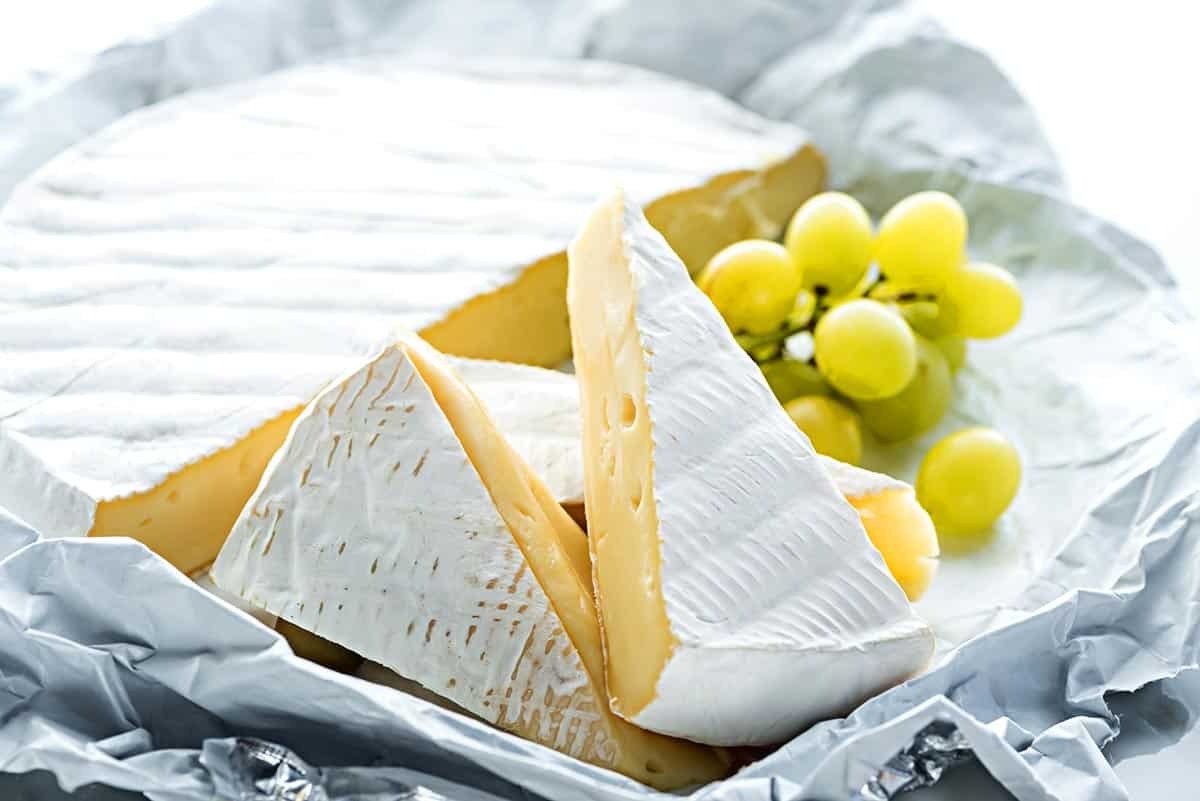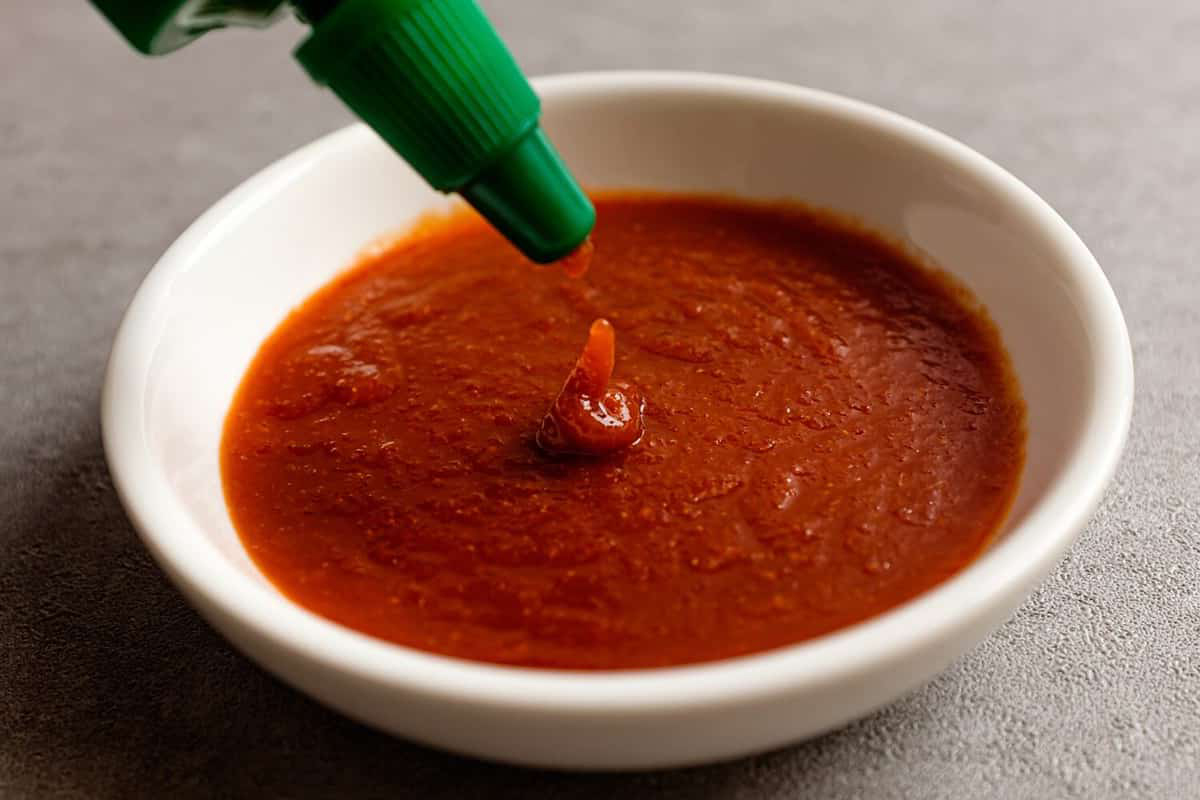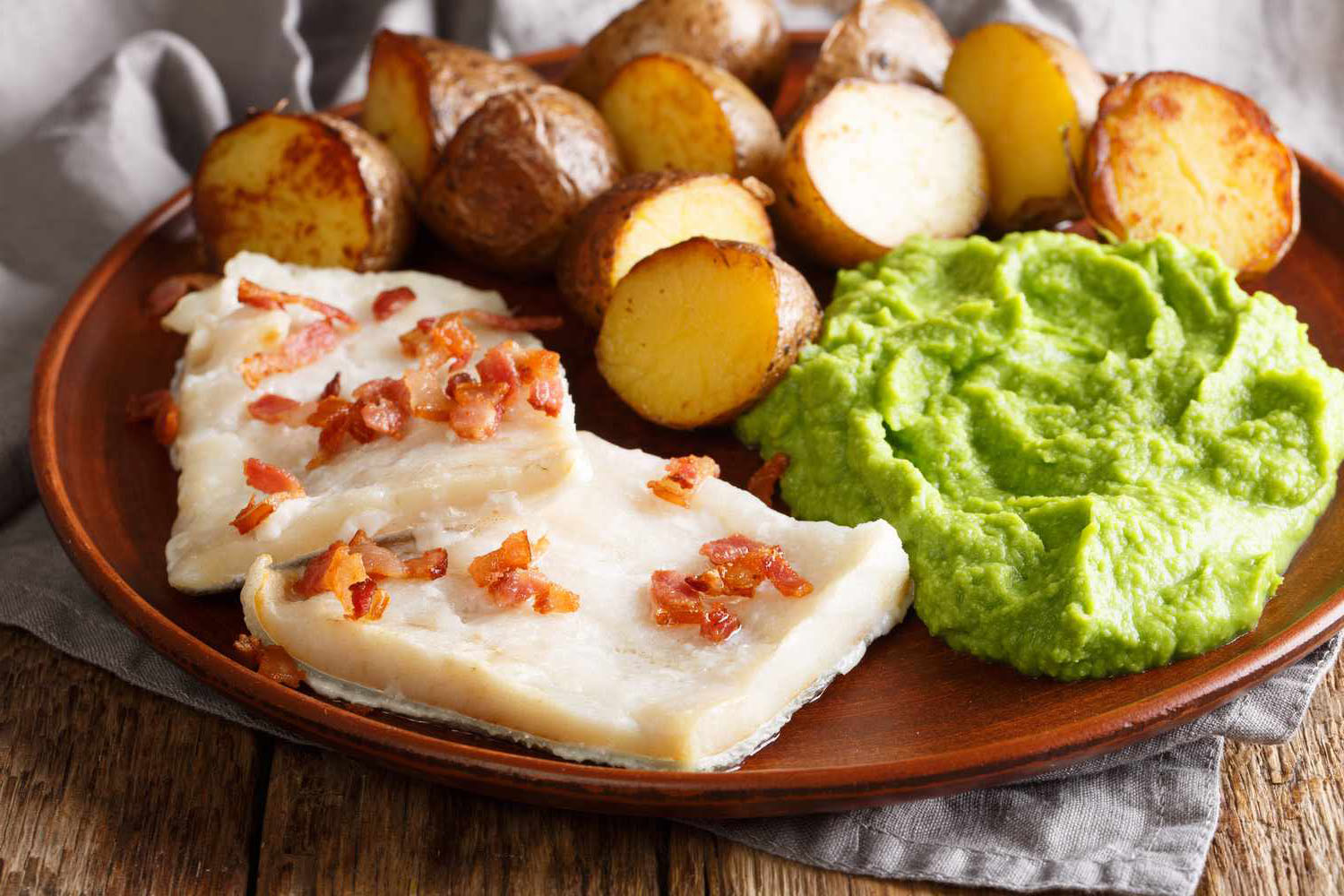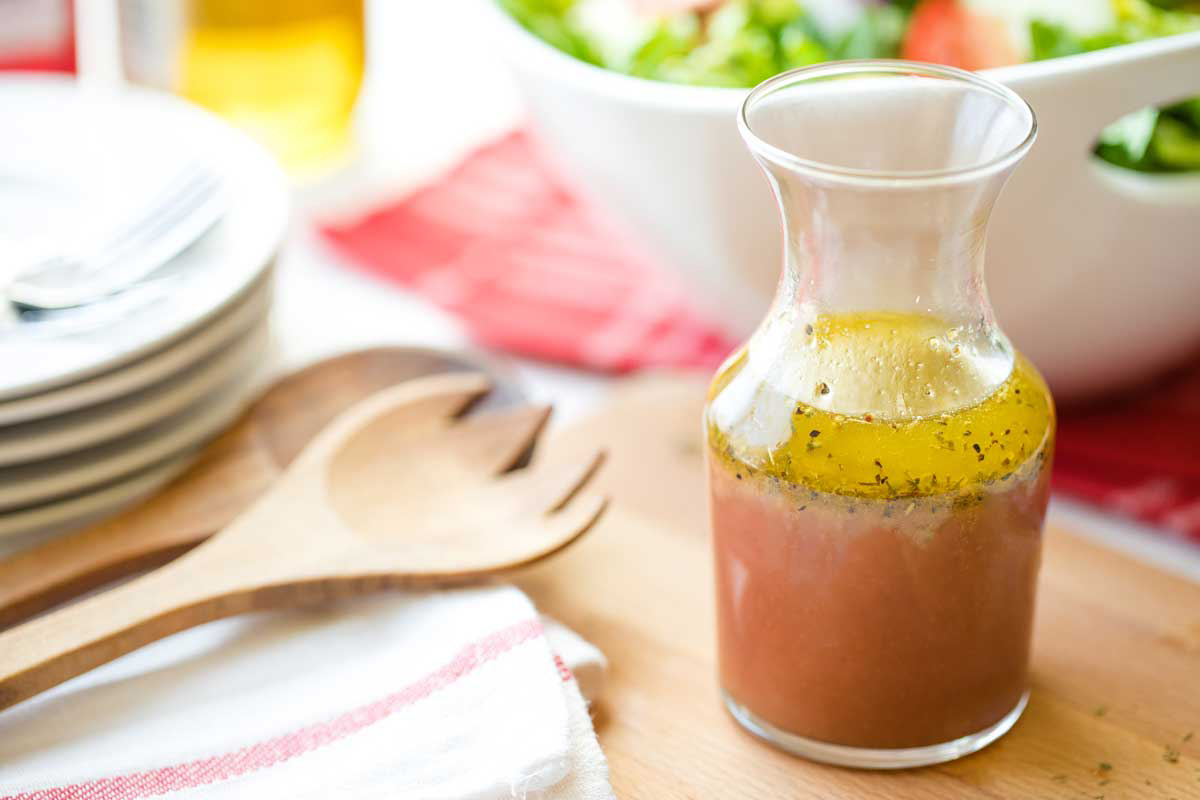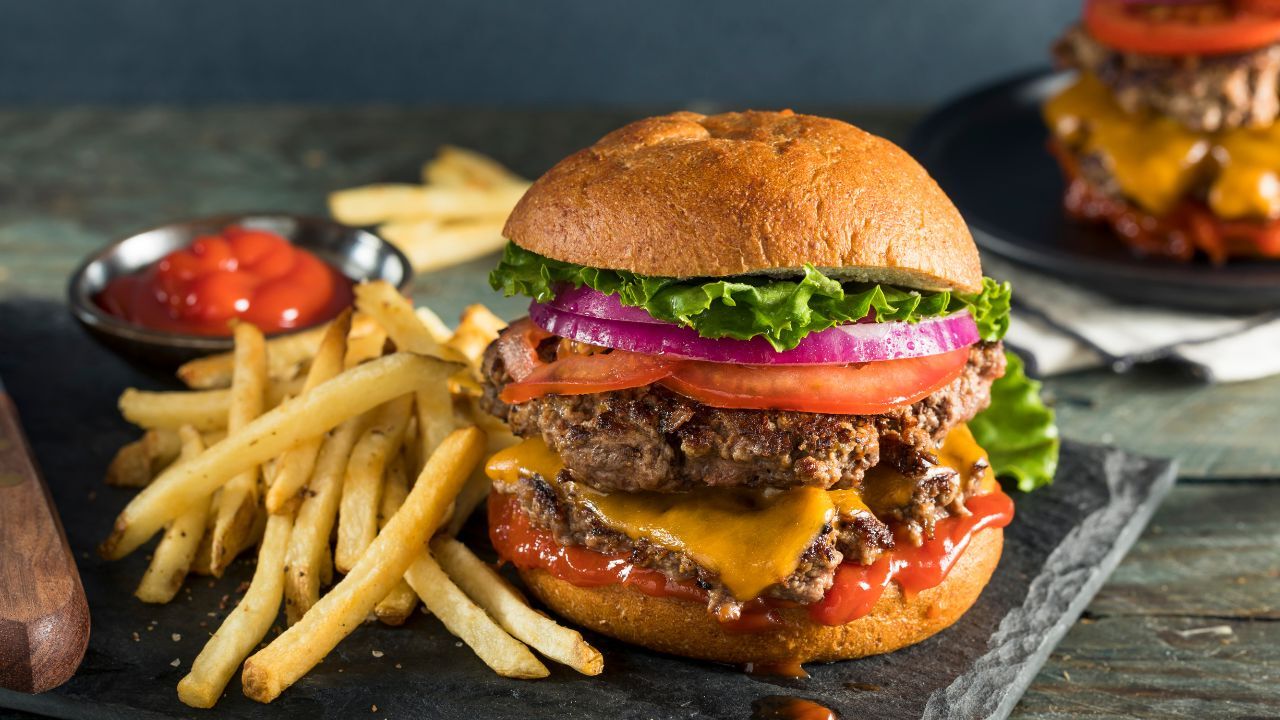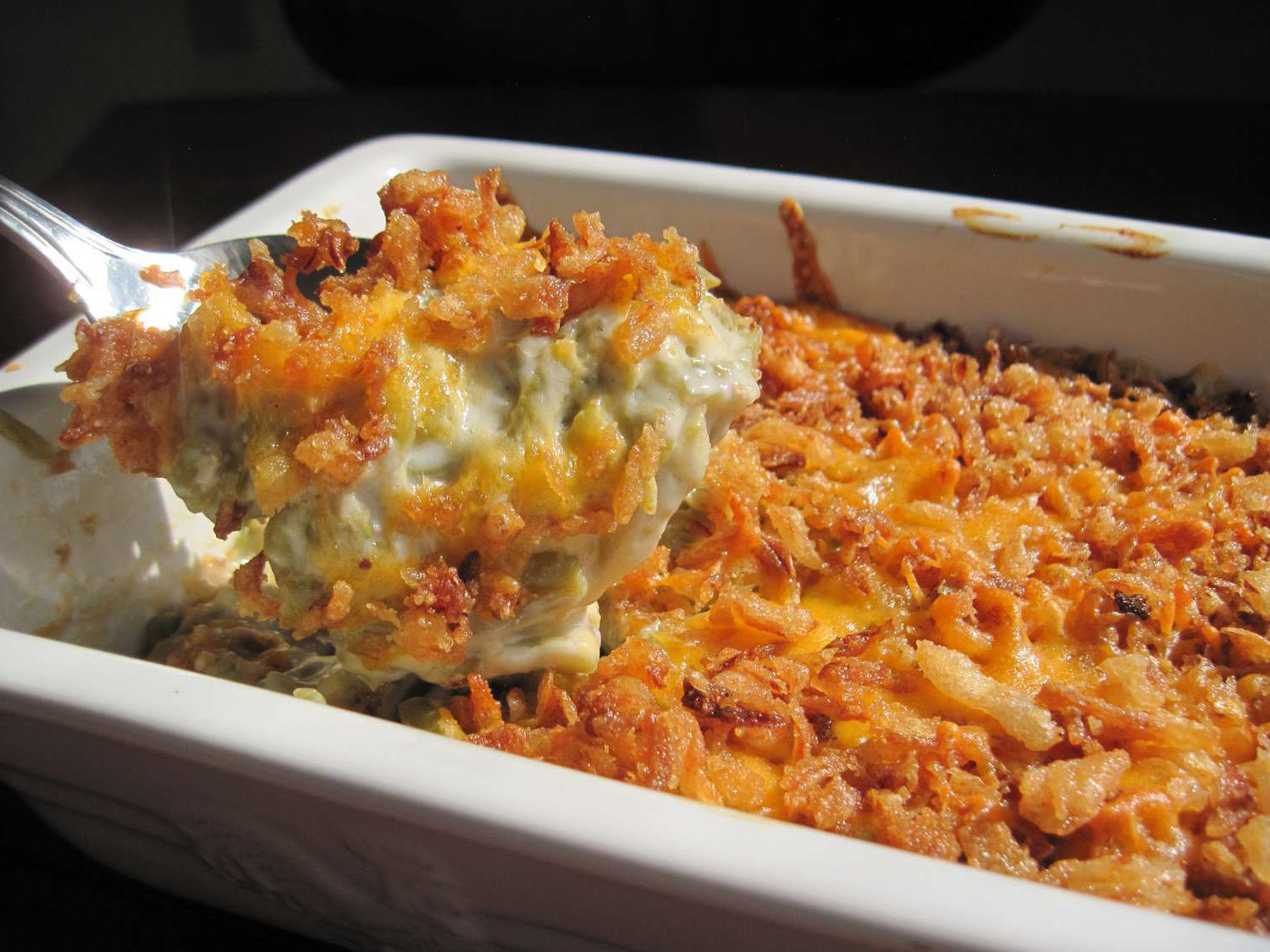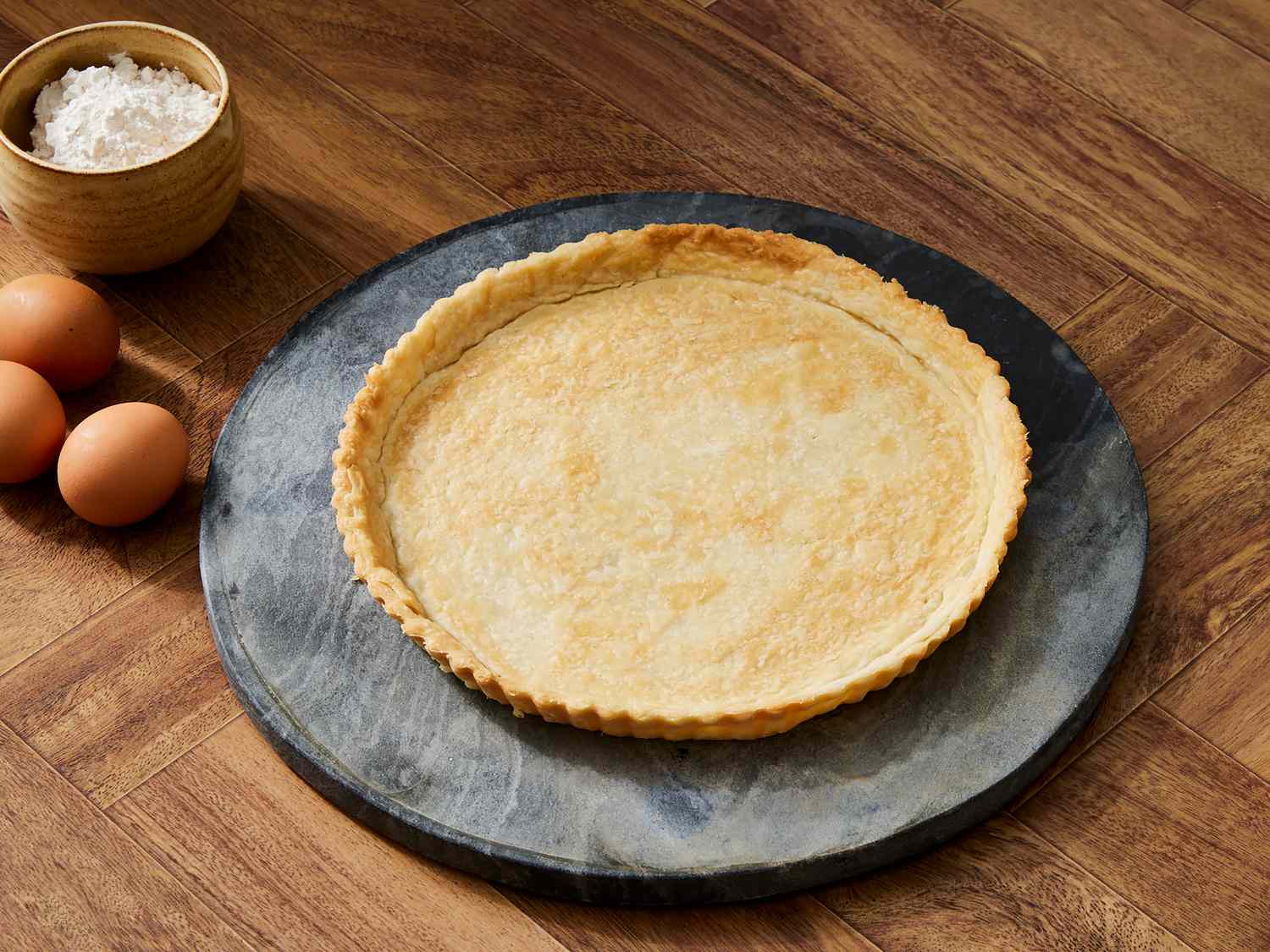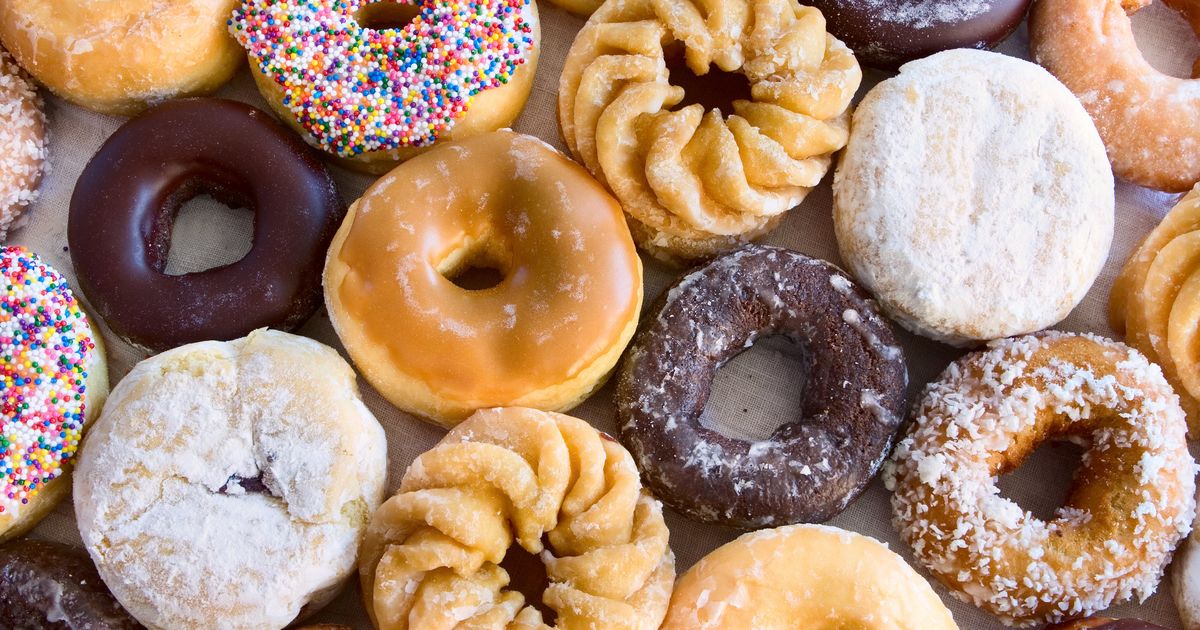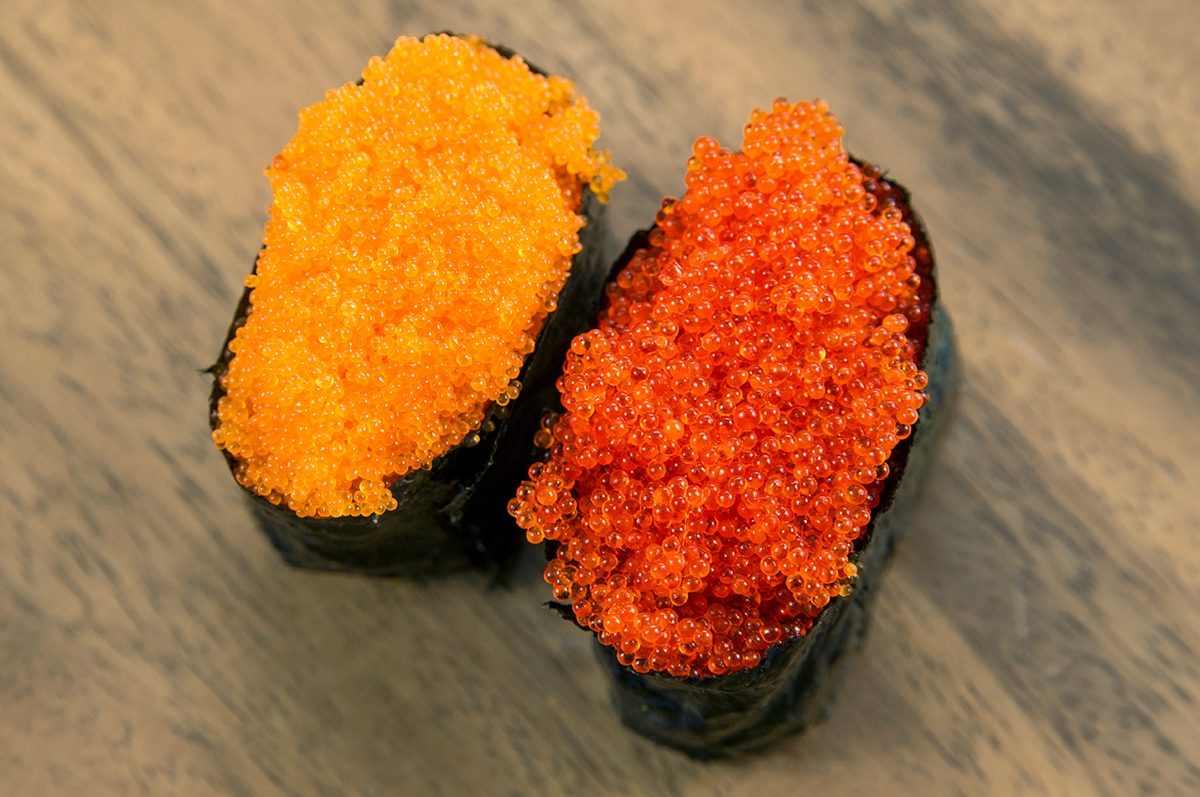The Battle of Shortening vs. Butter in Cookie Baking
When it comes to baking cookies, the choice of fat can make a big difference in the taste and texture of the final product. Two popular options for incorporating fat into cookie recipes are shortening and butter. Each of these fats has its own unique properties that can affect the outcome of your cookies. Let’s take a closer look at the differences between shortening and butter in cookie baking.
Shortening: The Secret to Tender, Flaky Cookies
Shortening is a solid fat that is made from vegetable oils, such as soybean, cottonseed, or palm oil. It is 100% fat and contains no water, which can make it a popular choice for baking. When used in cookies, shortening has a higher melting point than butter, which means that cookies made with shortening will spread less during baking. This can result in cookies that are tender, flaky, and have a softer texture.
One of the key benefits of using shortening in cookie recipes is its ability to produce cookies with a uniform texture and a longer shelf life. Shortening also has a neutral flavor, which allows the other ingredients in the cookie to shine through. However, some bakers may find that cookies made with shortening lack the rich, buttery flavor that is characteristic of traditional homemade cookies.
Butter: The Classic Choice for Rich, Flavorful Cookies
Butter is a dairy product that contains both milk solids and water, in addition to fat. When used in cookie baking, butter adds a rich, creamy flavor and a soft, chewy texture to the cookies. The water content in butter can cause cookies to spread more during baking, resulting in a thinner and crisper texture compared to cookies made with shortening.
One of the main advantages of using butter in cookie recipes is the depth of flavor it imparts. Butter has a distinct, savory taste that can enhance the overall flavor profile of the cookies. Additionally, the milk solids in butter contribute to a tender and moist texture in the finished cookies. However, it’s important to note that cookies made with butter may have a shorter shelf life compared to those made with shortening.
Choosing the Right Fat for Your Cookies
When deciding between shortening and butter for your cookie recipes, it’s important to consider the desired texture and flavor of the final product. Here are some key points to keep in mind when making your decision:
- Texture: If you prefer cookies that are tender and flaky, shortening may be the better choice. For a softer, chewier texture, butter is the way to go.
- Flavor: Shortening offers a neutral flavor, allowing other ingredients to stand out. Butter, on the other hand, adds a rich, buttery taste to the cookies.
- Spread: Shortening produces cookies that spread less during baking, while butter can result in cookies that spread more and have a thinner texture.
- Shelf Life: Cookies made with shortening tend to have a longer shelf life due to the absence of water, while those made with butter may be best enjoyed fresh.
Ultimately, the choice between shortening and butter in cookie baking comes down to personal preference and the specific qualities you want in your cookies. Some bakers may even opt to use a combination of both fats to achieve the perfect balance of texture and flavor in their cookies.
Experiment and Enjoy!
Whether you choose to use shortening, butter, or a combination of both in your cookie recipes, the most important thing is to have fun experimenting and enjoying the delicious results. Happy baking!
